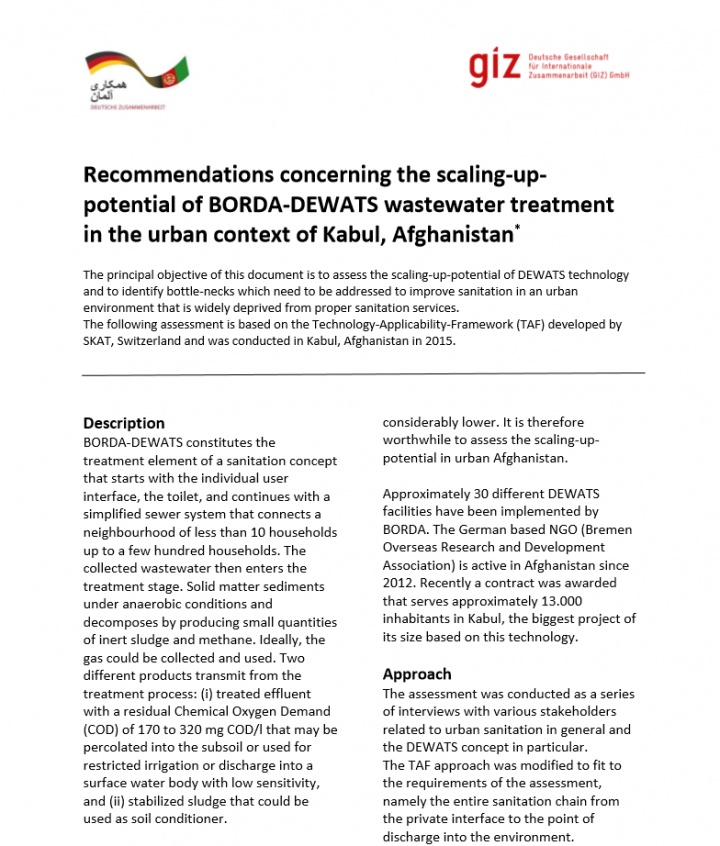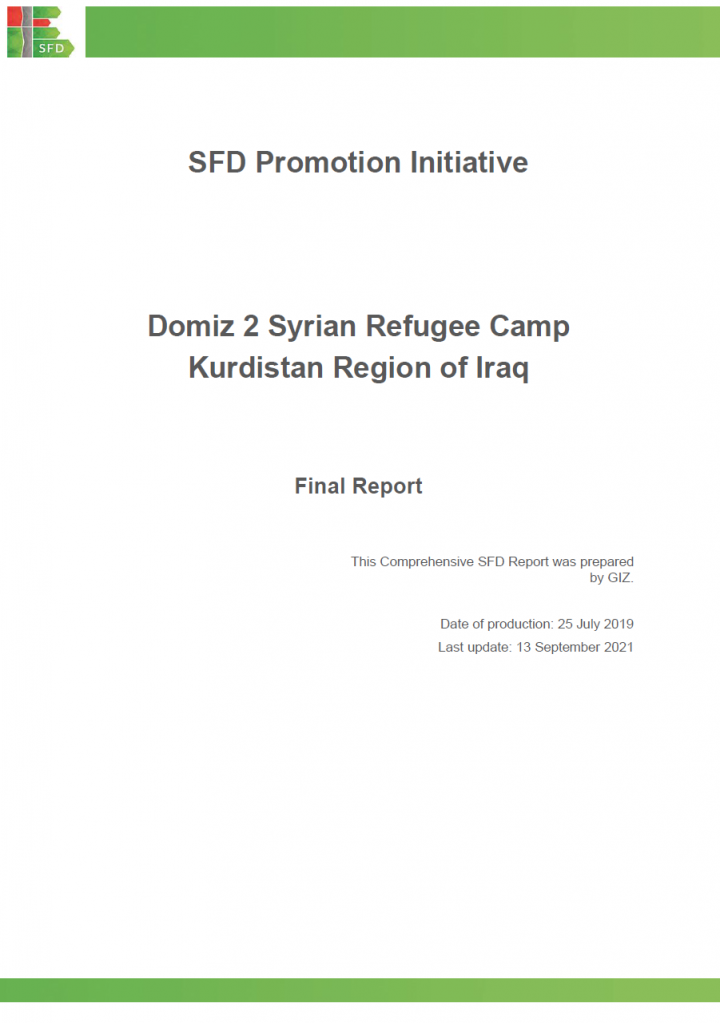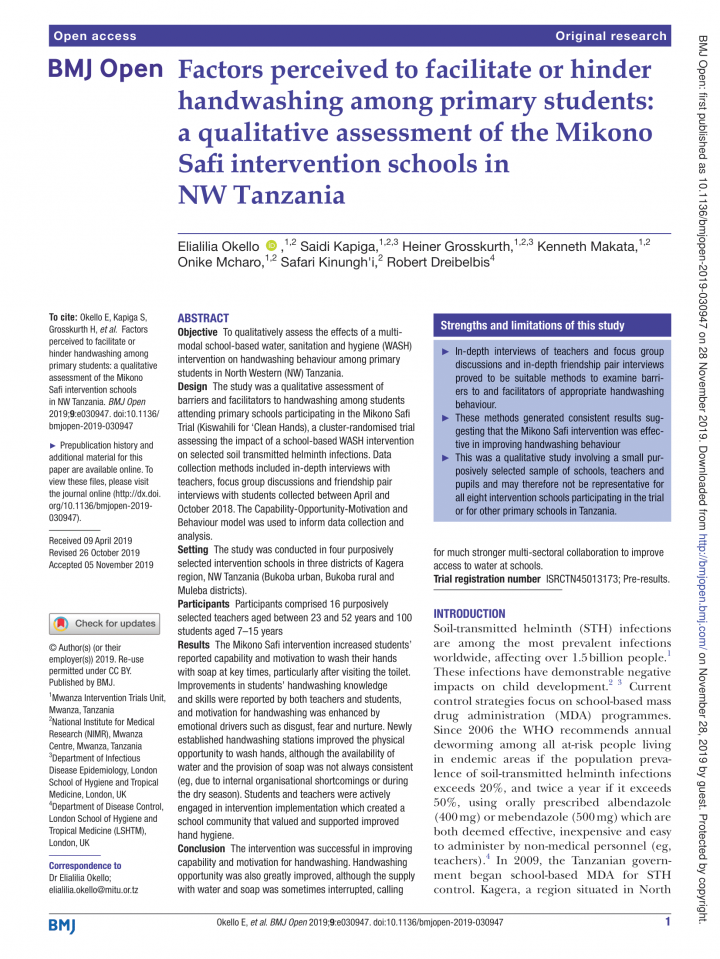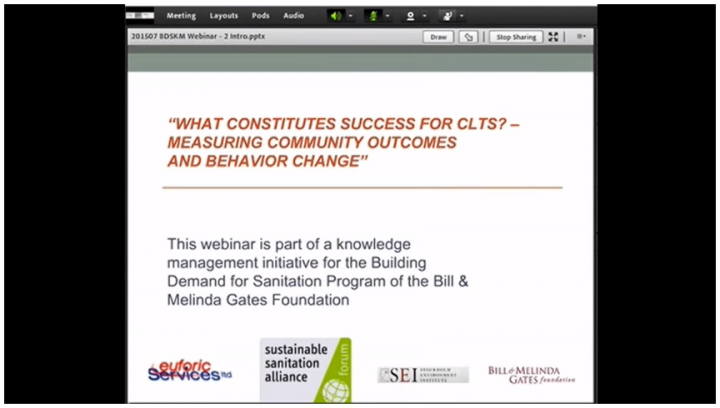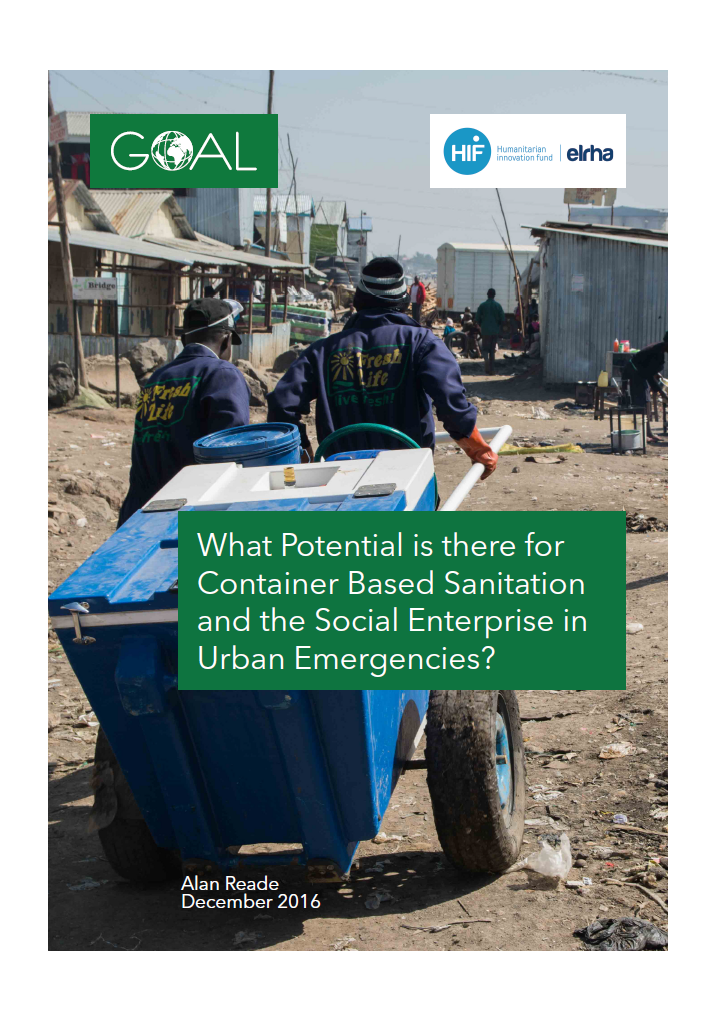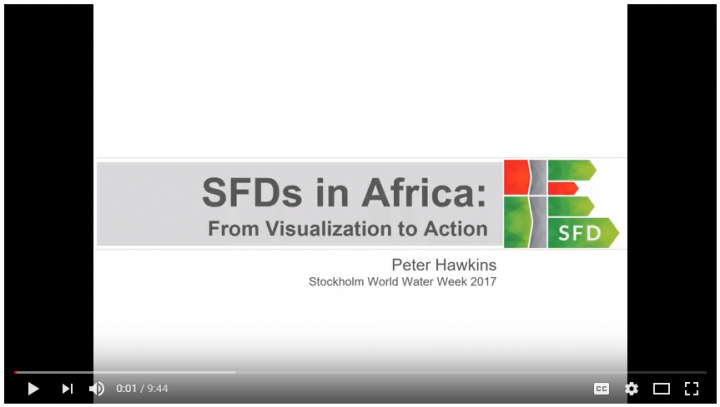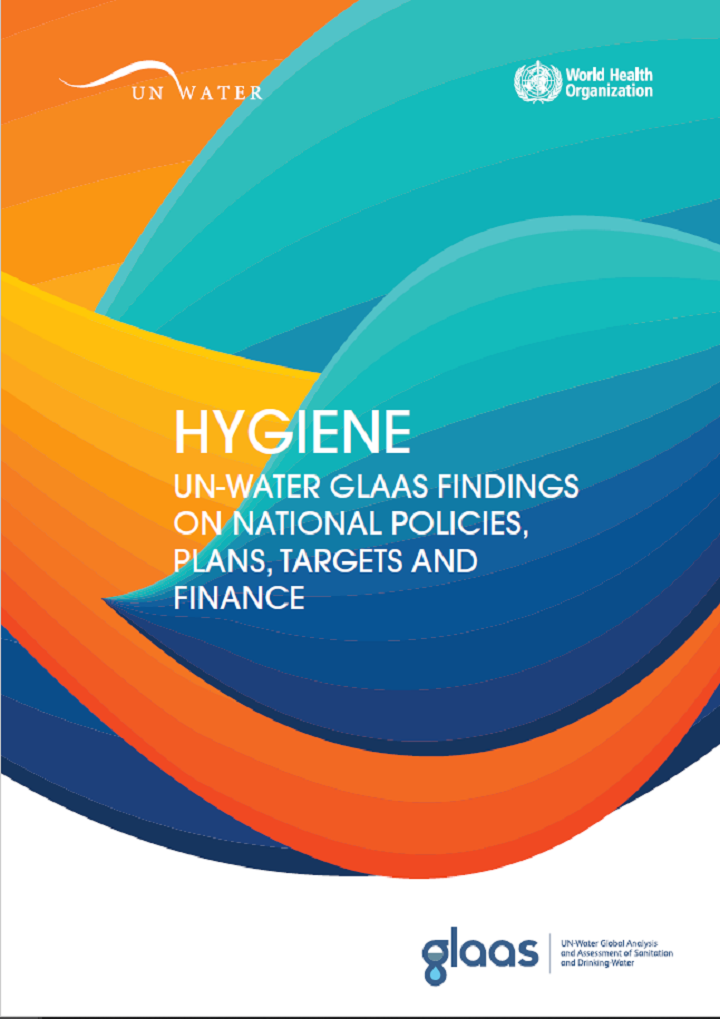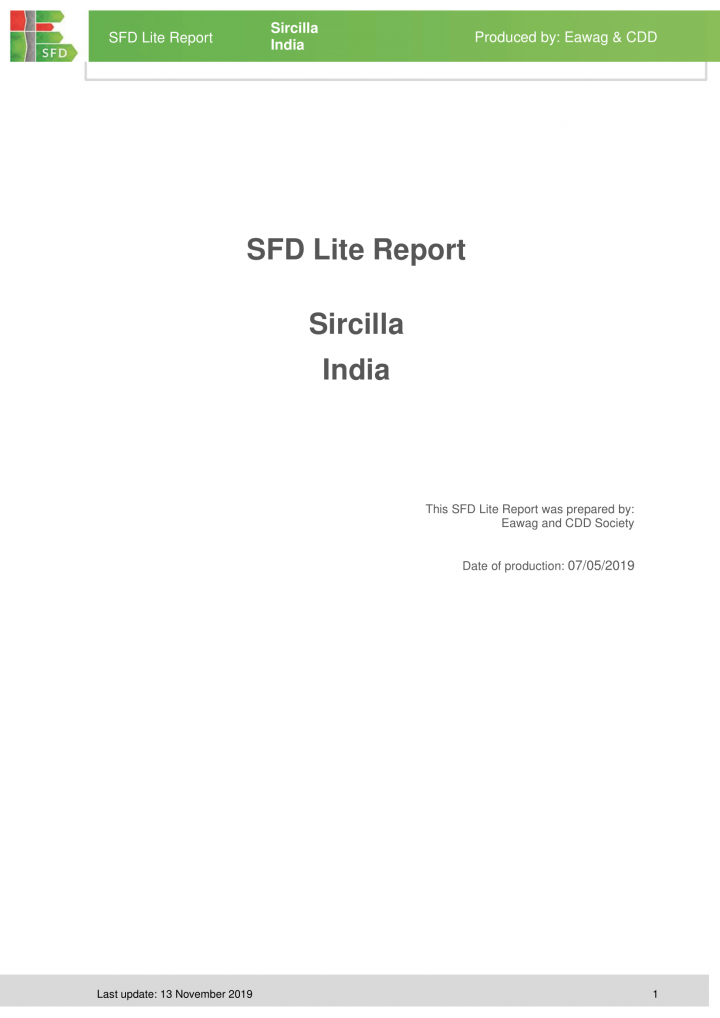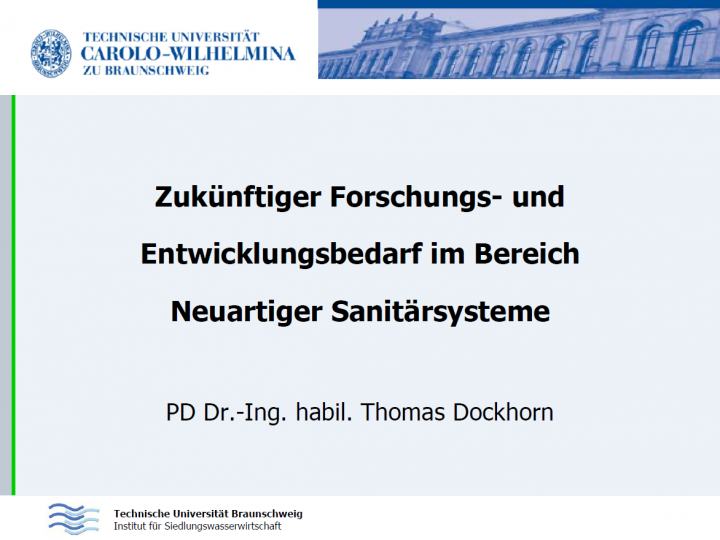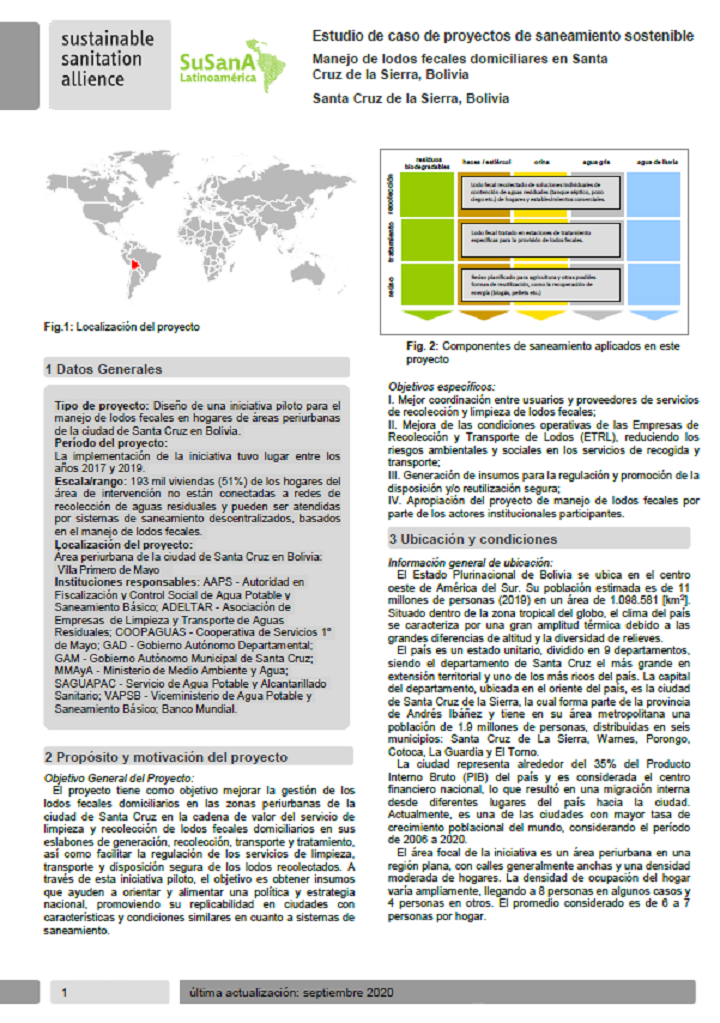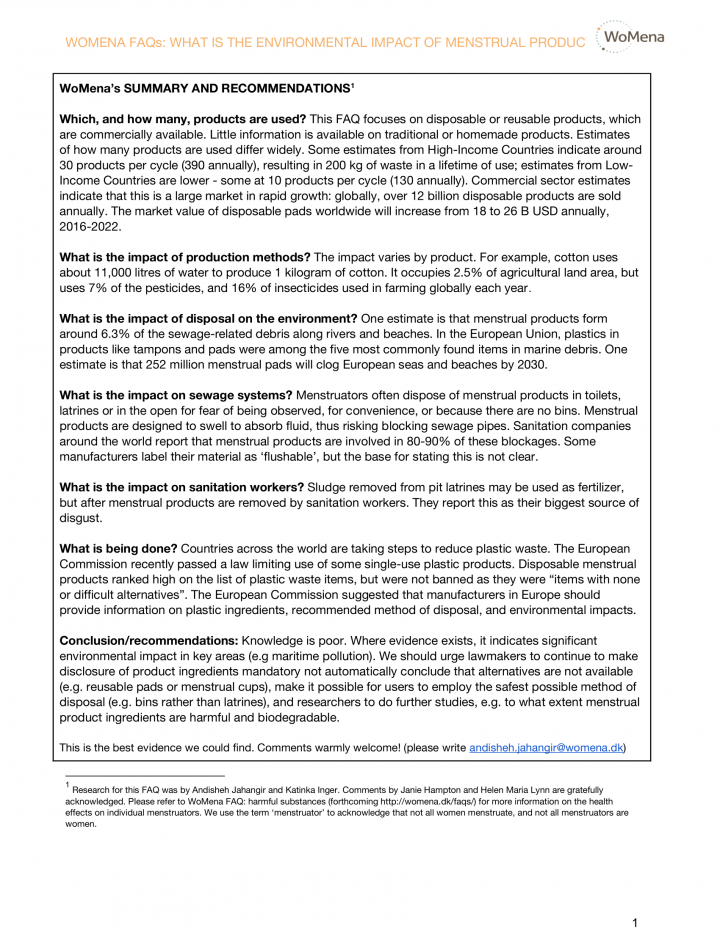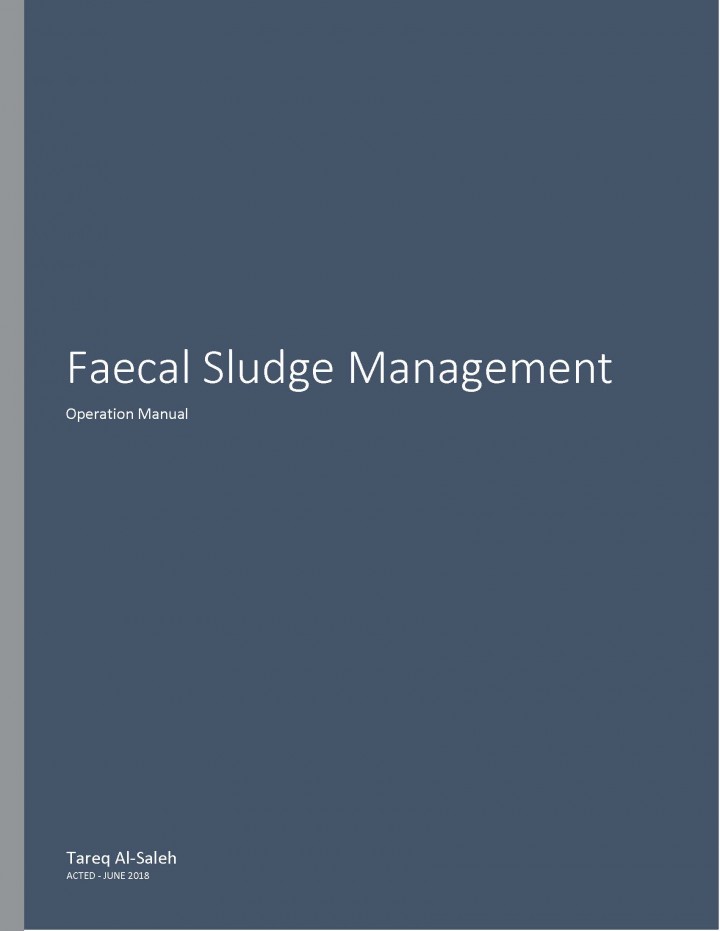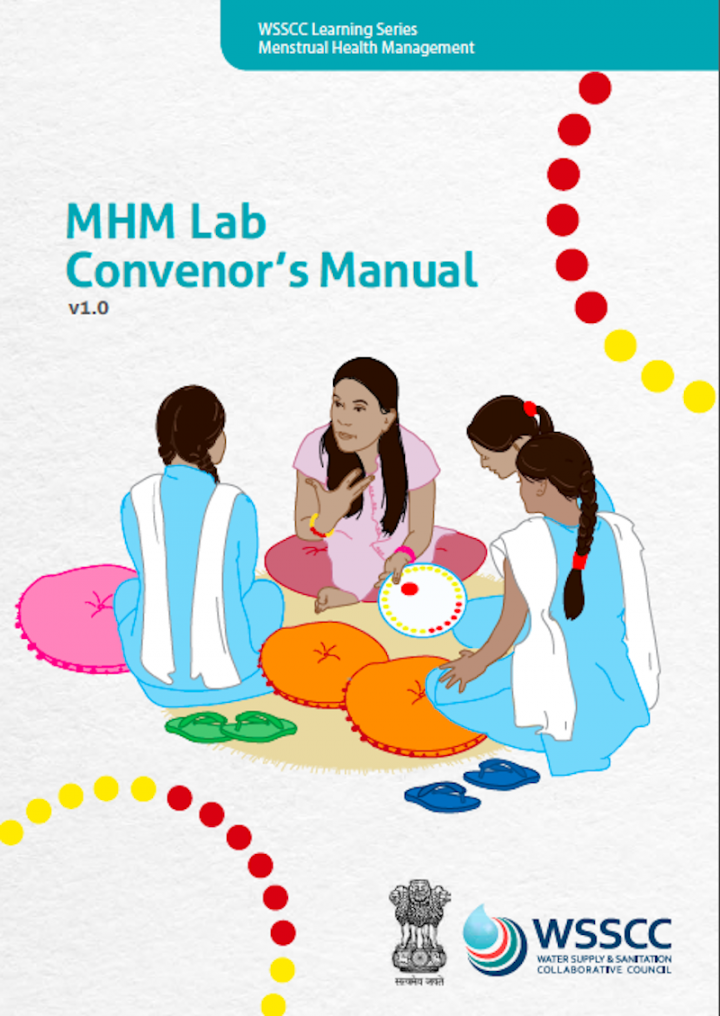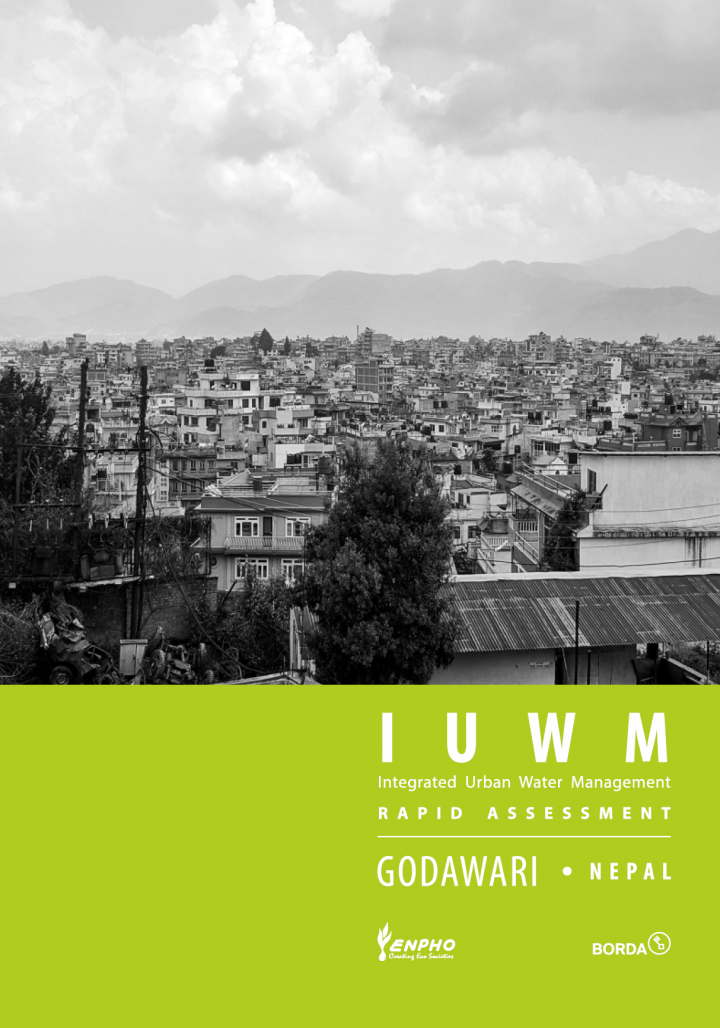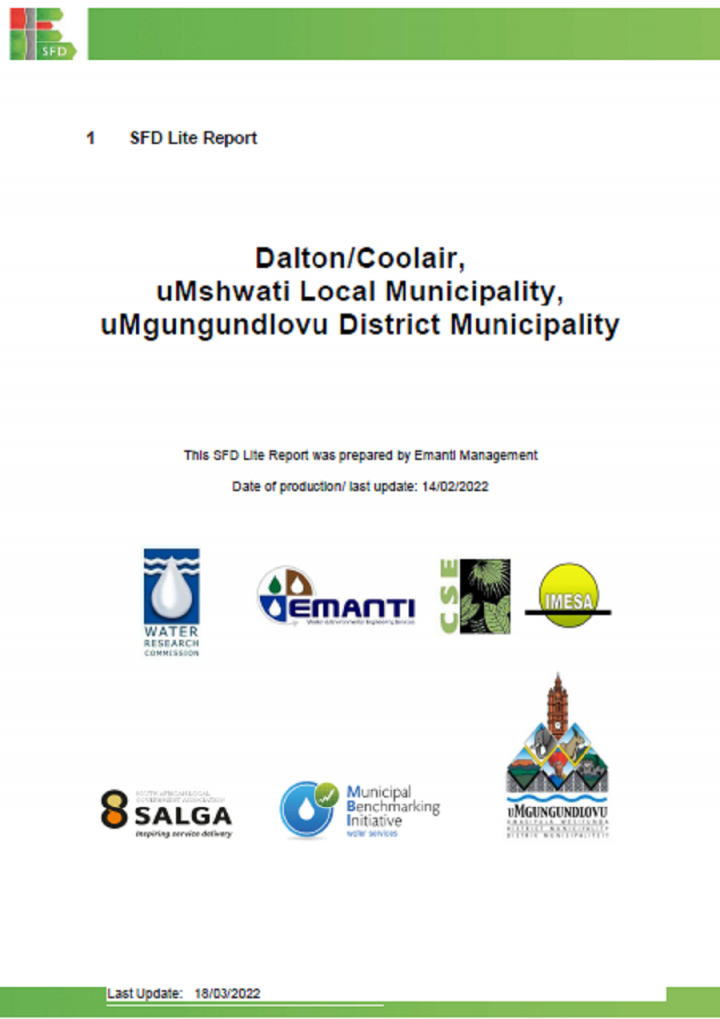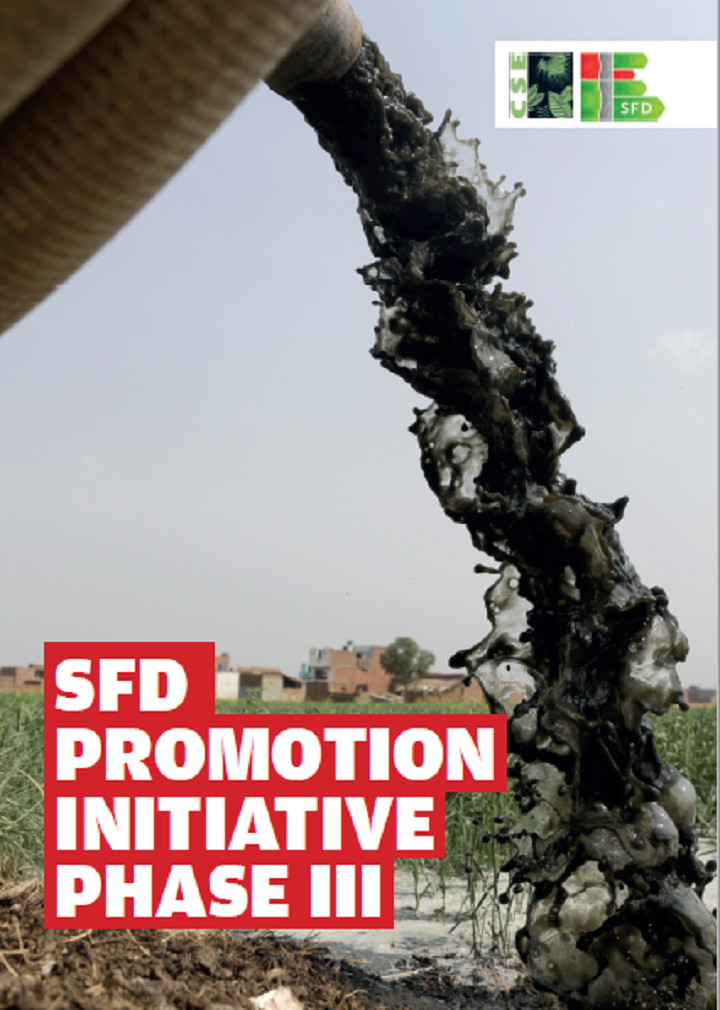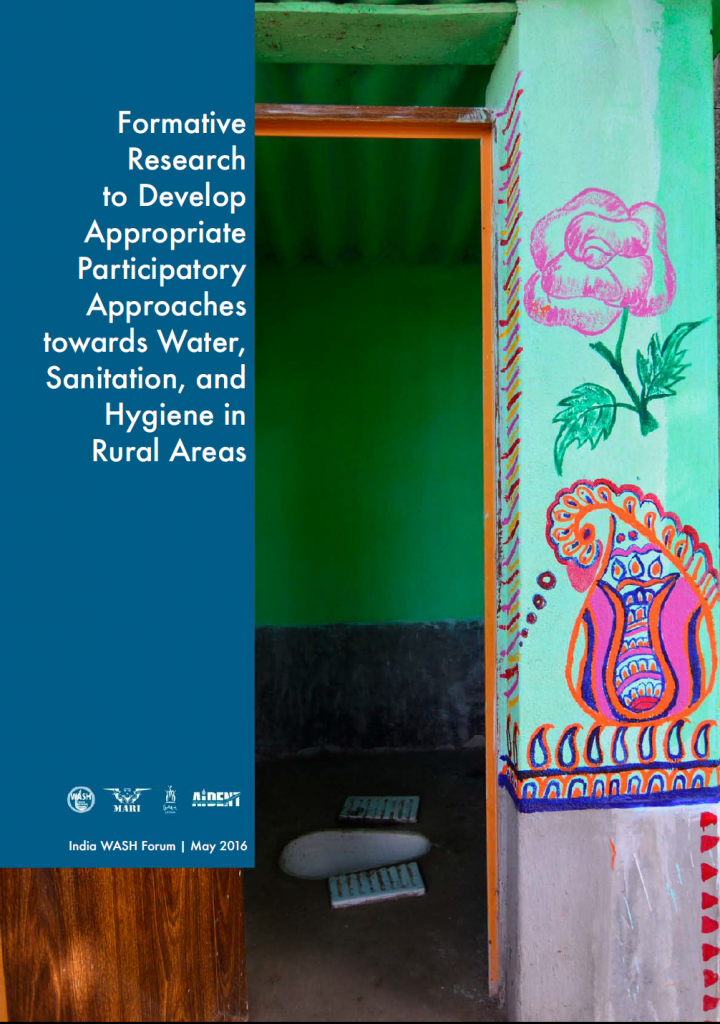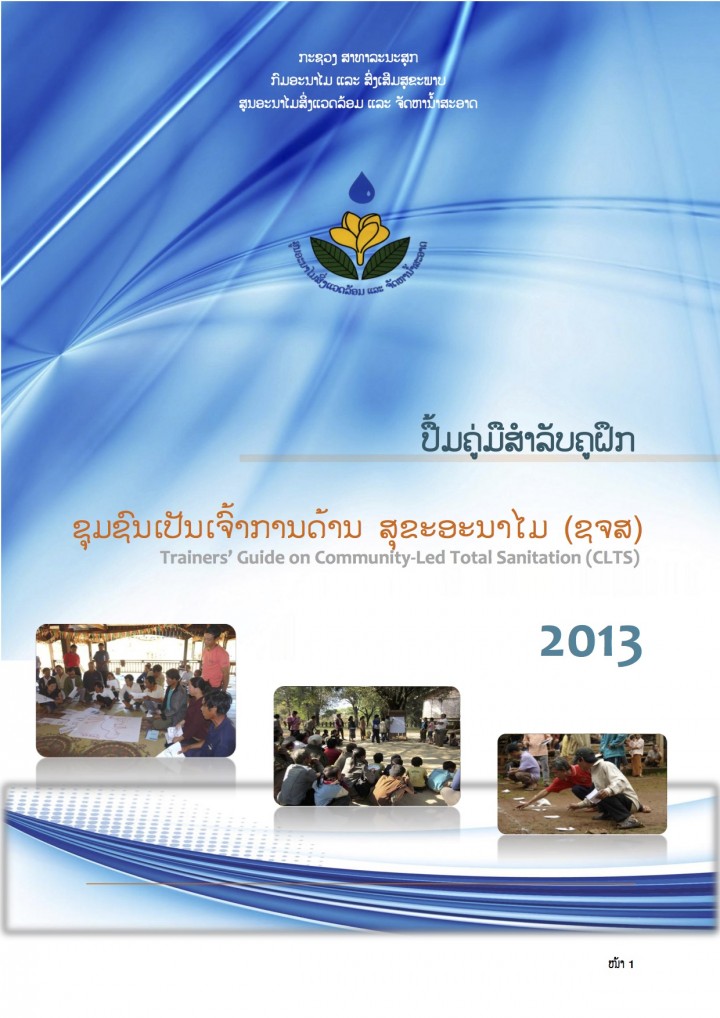Searching for information on Sanitation Workers?
The Sanitation Workers Knowledge + Learning Hub is the best source for all current news, trends, articles and updates on sanitation workers rights around the world.
BORDA-DEWATS constitutes the treatment element of a sanitation concept that starts with the individual user interface, the toilet, and continues with a simplified sewer system that connects a neighbourhood of less than 10 households up to a few hundred households. The collected wastewater then enters the treatment stage. Solid matter sediments under anaerobic conditions and decomposes by …
Domiz 2 Syrian refugee camp is located on the outskirts of the Domiz Township, near the city of the Duhok, in the Kurdistan Region of Iraq. The camp was intended to be temporary in nature to provide shelter to those fleeing the war in Syria. Having been established in 2013 and currently being expanded by 160 shelters in July 2019, UNHCR Duhok staff believe that it is now reasonable to expect that …
The study used qualitative methods to assess the effects of a multi-modal school-based water, sanitation and hygiene (WASH) intervention on handwashing behaviour among primary students in North Western (NW) Tanzania. Barriers and facilitators to handwashing were explored in the students who participated in the Mikono Safi Trial (Kiswahili for ‘Clean Hands). The intervention increased students' …
Articles in this issue:
- Building Viable Business Models for Small and Medium-sized Enterprises; Louise Carpentier and Martin Wafler
- Eco Solutions Forge; Bogdan Popov
- SR3 INVENT sustainable projects and businesses in Ecuador; Stefan Breitenmoser
- SOIL - Building a Sustainable Citywide Sanitation Service; Natalie Miller and Leah Page Jean
- Youth-Led Sustainable …
This webinar was conducted on 22 June 2015 and has been recorded in 4 parts. This video clip contains Part 1 which is introduction by Pippa Scott (Euforic Services) during the webinar 'What constitutes success for CLTS? Measuring community outcomes and behavior changes'. To watch part 2-4 please go to links below.
Speakers:
1) Ada Oko Williams, Technical Support Manager, Sanitation and …
The purpose of this document is to present eight practical actions that Member States can take at the national and sub-national level to improve WASH in health care facilities. It also summarizes the global response to the UN Secretary General’s Call to Action. This document is a companion to the WHO and UNICEF JMP 2019 SDG baseline report for WASH in health care facilities (available in the …
Traditional alternatives have included: lined pit latrines, raised latrines and urine diverting dry toilets (UDDTs). These alternatives might be suitable in addressing the unfavourable ground conditions, but are not necessarily able to address the constraints encountered in the urban environment. For this reason agencies have started to take a closer look at some of the newer container based …
Frequent and proper hand hygiene is one of the most important measures that can be used to prevent infection with the COVID-19 virus. Actions by governments to promote hygiene, including handwashing with soap and water and providing hygiene infrastructure such as public handwashing facilities, are critical at this time. These actions should be complemented by activities to ensure access to water …
This training manual is a practical guide to be used by teachers and school health assistants who are involved in the promotion of water, sanitation and hygiene practices (WASH). School WASH education is a specific part of the wider school health education program that deals only with water and sanitation-related health problems in and around the school.
The manual has been designed to provide …
Wherefrom do we get data on the sanitation status in cities and countries and what qualities do these data need to have to be relevant either for JMP reporting or to be used in developing an SFD for a given city?
Against this background, the comparison of methods for excreta flow analysis gives an overview on the focus, purpose, methodologies, outputs and definitions of two approaches. On the …
• You, as a sanitation worker, are exposed to occupational health and safety hazards. The work involves risk of coming in contact with hazardous biological and chemical agents
• PPEs are a crucial barrier between you and disease-causing agents at the work site
• It has been observed that the usage of PPEs is low. Fellow sanitation workers of yours have shared major reasons for this- …
Sircilla, founded in 1987, is a second grade municipality in Rajanna Sircilla District in the Indian state of Telangana. According to the 2011 census, the total population is 75,640 and the urban agglomeration population of the city is 83,186. Sircilla is situated on Karimnagar Kamareddy Road, 40 km from Karimnagar, at 78° 48’ 00” East and 18° 25’ 00” North. It is located on the banks …
Die konventionellen Systeme der Abwasserbehandlung sind seit Jahrzehnten ein Garant für eine erfolgreiche Hygienevorsorge und saubere Umwelt in Deutschland. Jedoch hat sich in den vergangenen Jahren gezeigt, dass diese Systeme nur unflexibel auf die Anforderungen in Bezug auf Klima- und Ressourcenschutz reagieren können. Ein Paradigmenwechsel in der Siedlungswasserwirtschaft hin zu …
El proyecto tiene como objetivo mejorar la gestión de los lodos fecales domiciliarios en las zonas periurbanas de la ciudad de Santa Cruz en la cadena de valor del servicio de limpieza y recolección de lodos fecales domiciliarios en sus
eslabones de generación, recolección, transporte y tratamiento,así como facilitar la regulación de los servicios de limpieza, transporte y disposición …
WoMena’s SUMMARY AND RECOMMENDATIONS
Which, and how many, products are used?
This FAQ focuses on disposable or reusable products, which are commercially available. Little information is available on traditional or homemade products. Estimates of how many products are used differ widely. Some estimates from High-Income Countries indicate around 30 products per cycle (390 annually), …
Due to the lack of investment in a proper sanitation system in the Philippines - including sewage collection and treatment - close to 20% of the population (approx. 20 million) suffer from inadequate access to sanitation and 9 million rely on unsafe water sources. Additionally, a significant portion of the population is resorting to open defecation (6 million) as a negative coping mechanism, …
The MHM Lab’s aim is simple: to transform menstruation into a matter of pride and help women and girls stop suffering in silence. By enabling safe and hygienic menstrual management (MHM), as well as safe reuse and/or disposal of menstrual hygiene products, the Lab allows women and girls to regain control of a basic but fundamental part of their well-being. Creating a welcoming yet efficient …
ENPHO and BORDA have been working in partnership since 2004 to improve living conditions and to protect natural resources and climatic conditions in inadequately served urban and peri-urban settlements in South Asia. Concentrated in the field of urban sanitation, key achievements include technical support and scaling up of Decentralized Wastewater Treatment Systems (DEWATS), introducing Faecal …
The uMshwathi Local Municipality is the largest of the six smaller local municipalities in the uMgungundlovu District Municipality. The local municipality is in an area that was largely under the control of tribal authorities until very recently. There are towns, however, that were built by German immigrants some 150 years ago. The land area of uMshwati LM is approximately 1,866 square kilometres …
An excreta flow diagram (also often described as shit flow diagram, SFD) is a tool to readily understand and communicate how excreta physically flows through a city or town. For more information on SFDs and the SFD Promotion Initiative visit https://sfd.susana.org/. During the first two phases of the SFD Promotion Initiative, the SFD approach and the tools and methods for the production of SFDs …
India faces the twin challenges of having the most number of people in the world defecating in the open and also for the burgeoning crisis of untreated fecal waste that is contaminating our surface and ground water creating an imminent health crisis. The latest Swachhta Stats Report1 shows an encouraging 45% rural sanitation coverage by mid 2015 as against the 31% coverage in 2010 Census. Both …

